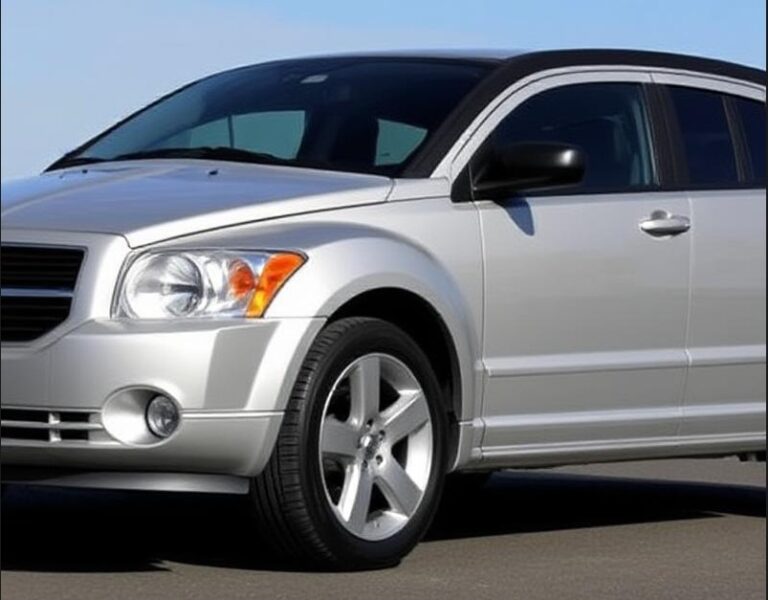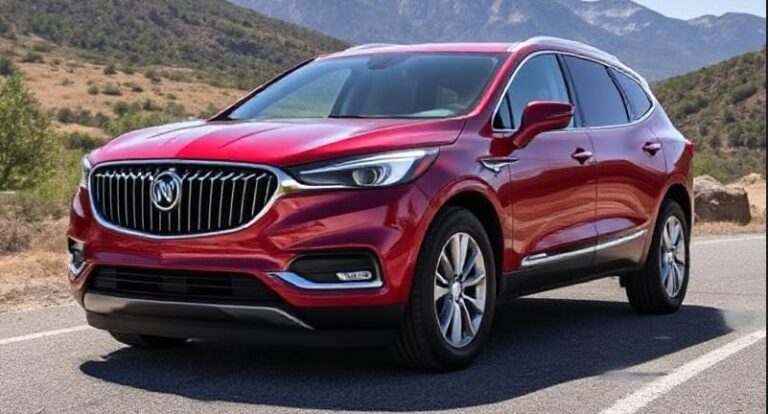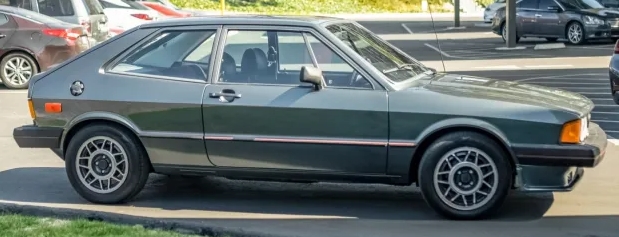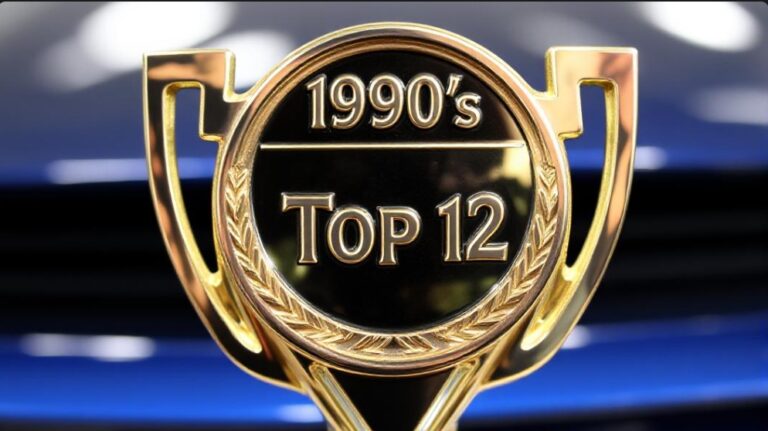The Evolution of the Dodge Lancer
The Dodge Lancer is a name that has seen multiple incarnations since its introduction in the early 1960s. Navigating an intriguing yet convoluted path from compact sedan to sporty coupe, the Lancer has undergone several transformations, reflecting the changing demands and tastes of car buyers for almost six decades. In this article, we will explore the history, development, and various trim levels offered over the years for the Dodge Lancer.
The Early Years: 1960s – A Compact Begining
The Dodge Lancer was first introduced in 1960 as a compact car. It was initially launched as a response to the increasing popularity of smaller sedans in the American market. Built on Chrysler’s A-body platform, the early iteration of the Lancer was actually a revamp of the Dodge Dart.
- 1960-1962 Dodge Lancer: The first generation featured a simple but attractive design, offered in a two-door hardtop, four-door sedan, and a station wagon variant. It utilized a range of inline-six and V8 engines, producing between 101 and 180 horsepower. Notable trim levels included the Lancer 170 and Lancer 770, with the latter providing more luxurious features like vinyl upholstery.
The Forgotten Years: 1963-1980
Despite its initial success, the Dodge Lancer was discontinued after 1962, with the Dart taking its place in Dodge’s lineup. The Lancer name resurfaced sporadically but didn’t gain significant traction until the 1970s.
Compact Revolution: 1985-1989
The Dodge Lancer was resurrected in 1985 as a compact based on the same platform as the Chrysler K-cars. This iteration proved to be a crucial moment in the evolution of the Lancer as it shifted to a front-wheel-drive, more modern compact car format.
- 1985-1989 Dodge Lancer: This second-generation model was positioned as a sportier alternative to its contemporaries. It was available in three trim levels: the base Lancer, the mid-range Lancer ES, and the higher-end Lancer LE. Buyers could choose between a 2.2-liter four-cylinder engine, producing 93 horsepower, or a turbocharged version that generated 146 horsepower. Features like sport suspension and stylish graphics made the 1987 Lancer ES a standout among compact cars.
The Sports Compact Era: 1990-1994
The Dodge Lancer continued to evolve through the early 1990s. In 1990, the third generation of the Lancer arrived, further solidifying its position as a sporty compact.
- 1990-1994 Dodge Lancer: With a more aggressive design and updated technology, the third generation was offered in Lancer and Lancer ES variants. A notable addition was the sporty Lancer Shelby, inspired by the performance-oriented philosophy of Carroll Shelby. It boasted a turbocharged engine capable of producing 190 horsepower. The Lancer was known for its handling, affordable price point, and modified versions that attracted younger audiences.
The Unfortunate Decline: 1995-1999
By the mid-1990s, the Lancer was losing ground due to changing consumer preferences and competition from various manufacturers, particularly Japanese automakers who dominated the compact segment. Dodge eventually discontinued the Lancer in 1994, following its declining popularity.
The Global Expansion: 2000-2008
The name “Dodge Lancer” returned to the North American market in the early 2000s, but this time in a different guise. The Dodge Lancer was reintroduced as a version of the Mitsubishi Lancer, aligning Dodge with its parent company Chrysler’s partnership with Mitsubishi.
- 2002-2008 Dodge Lancer: This iteration was available in various trim levels, including the base Lancer, Lancer ES, and sportier Lancer Ralliart. The engines varied from a standard 2.0-liter inline-four delivering approximately 120 horsepower to a higher-performing 2.4-liter variant producing 152 horsepower. Offered mainly as a four-door sedan, this version of the Lancer had a more refined aesthetic, appealing to buyers looking for practicality bundled with a sporty look.
Resurgence of Popularity: 2008-2017
The Dodge Lancer was ultimately phased out, with the last model being produced in 2008. However, during its production run, it achieved a reputation as a reliable, affordable, and stylish car appealing to a variety of buyers.
.
NO MORE dead batteries with this:

.
The Next Generation: 2017 Onwards
In recent years, the Dodge brand has seen a shift in focus towards muscle cars and SUVs; however, the name has not entirely vanished from the automotive landscape. The nameplate has sometimes been associated with various concepts and special editions, hinting at the brand’s deep automotive history.
Conclusion
The evolution of the Dodge Lancer spans several decades and reflects the significant changes in both automotive design and consumer preferences. From its initial launch as a compact car in 1960 to more sporty versions in subsequent decades, the Lancer represented a versatile nameplate within Dodge’s lineup.
Though the Dodge Lancer may have been produced in various forms over the years, its legacy continues to influence new generations of compact cars. While it may not be a prominent figure on modern roads today, the Lancer nostalgia holds a special place in the hearts of auto enthusiasts who appreciate its unique history of performance, style, and innovation through the ever-changing automotive landscape.
As we reflect on the evolution of such an iconic nameplate, it serves as a reminder of the resilience and adaptability of the automobile industry, which continues to adapt to contemporary needs while still embracing elements of its storied past.







